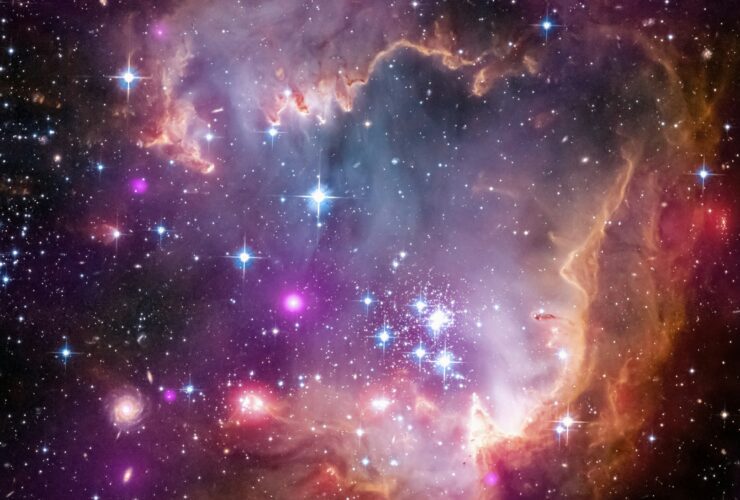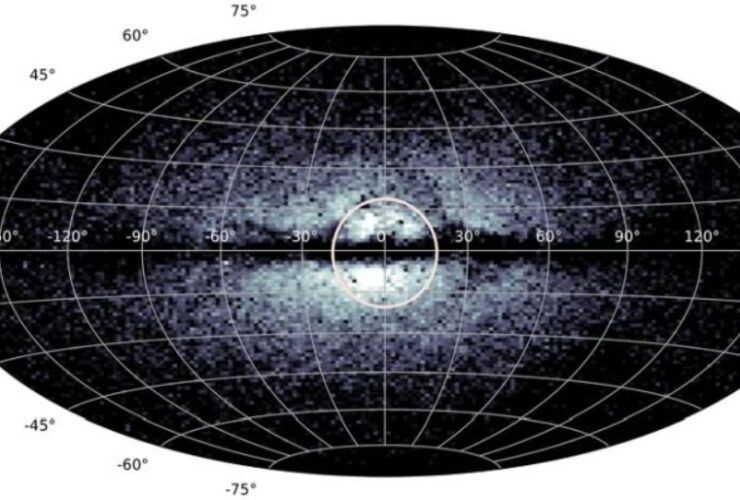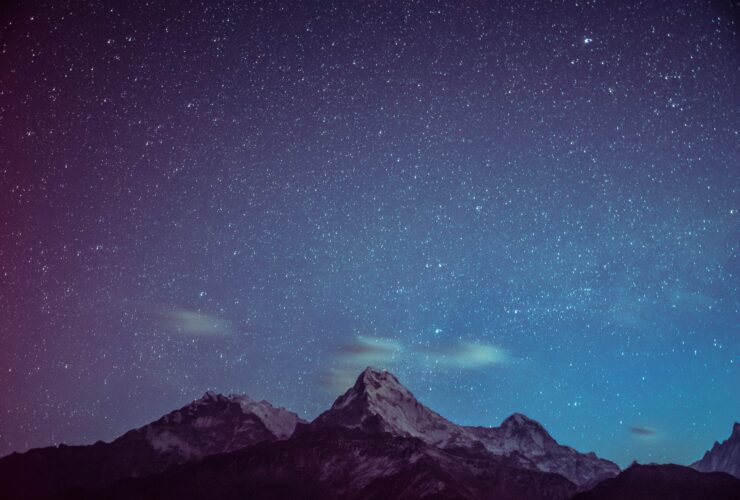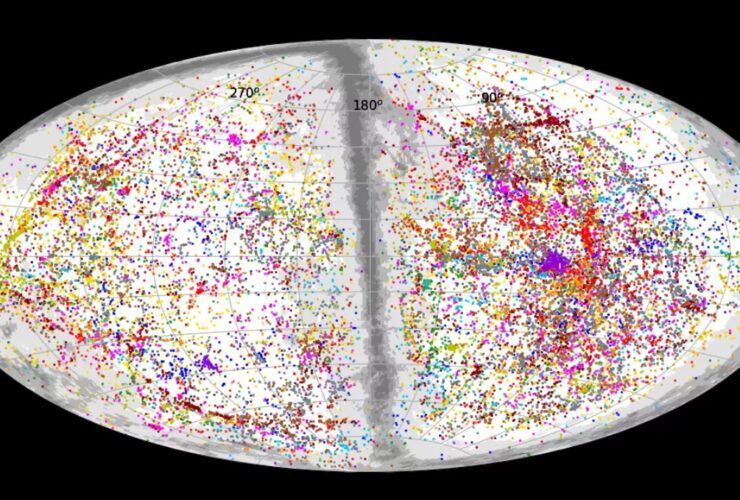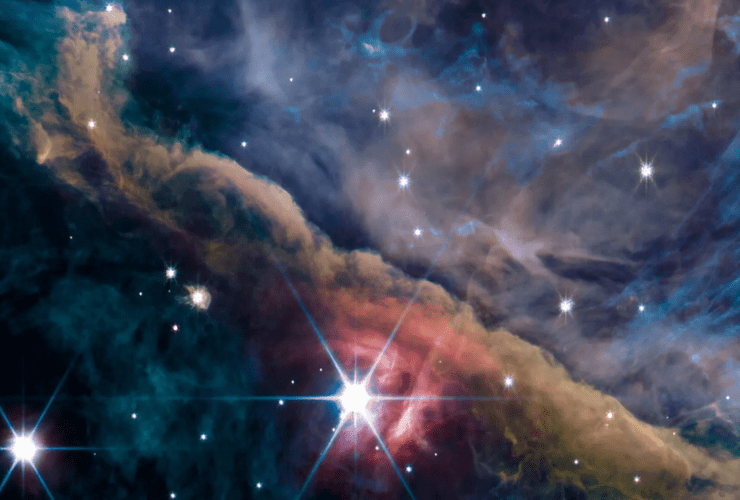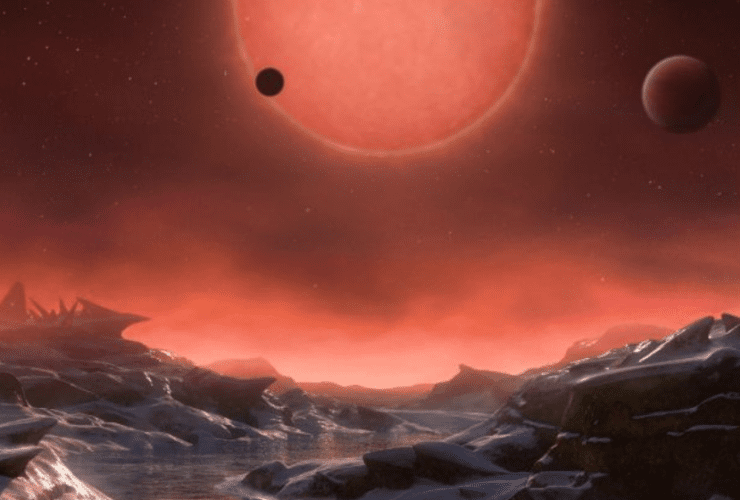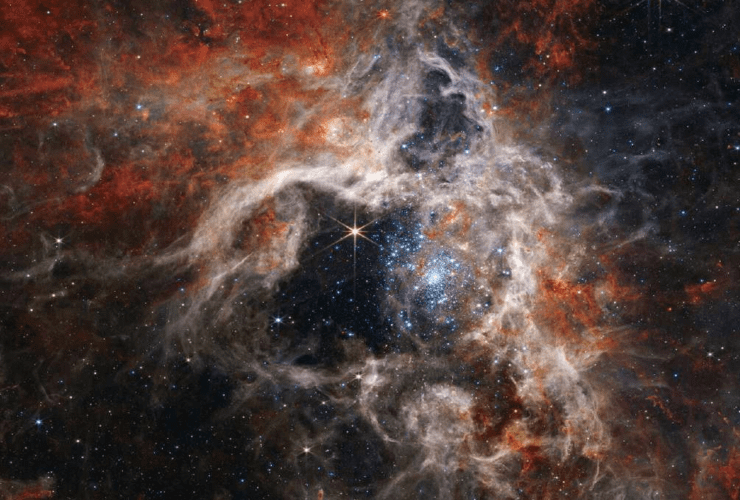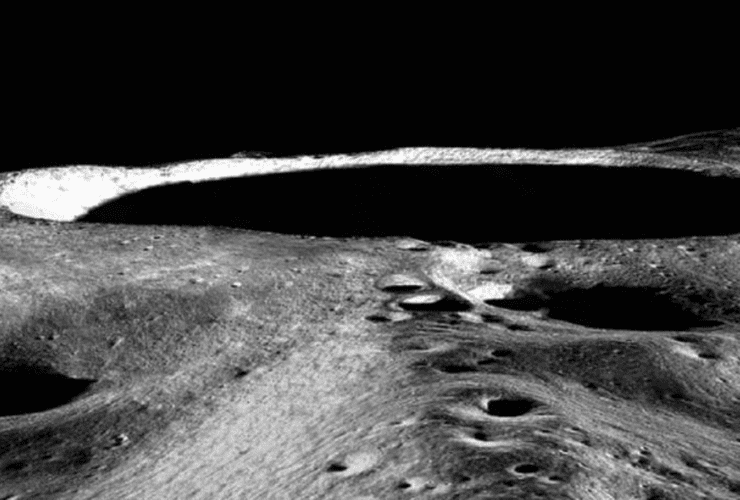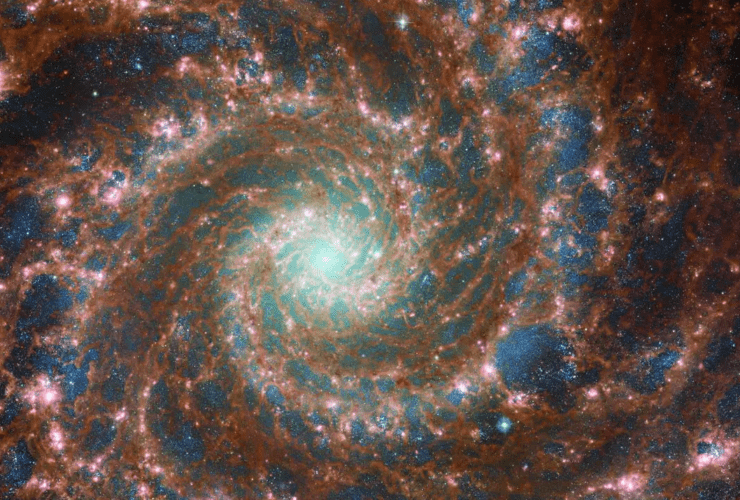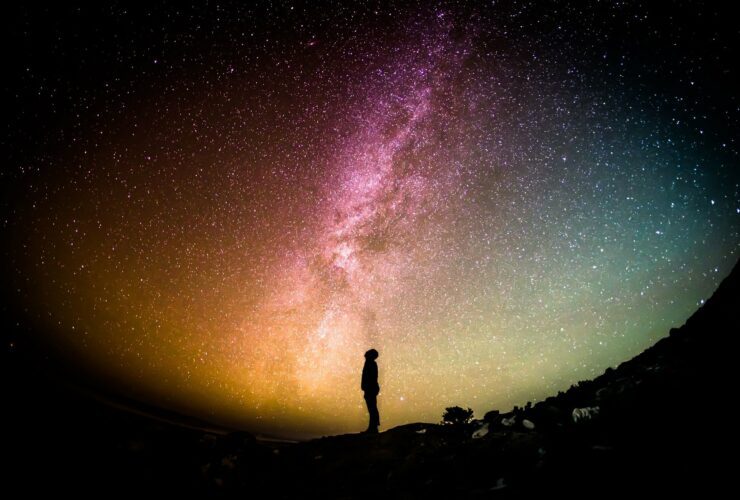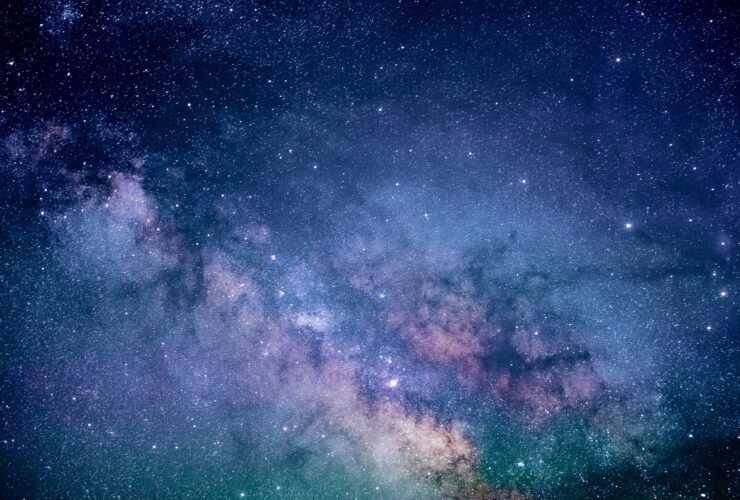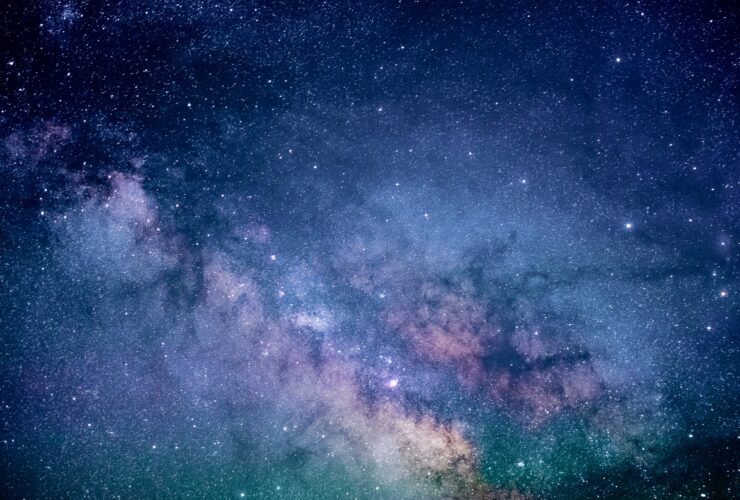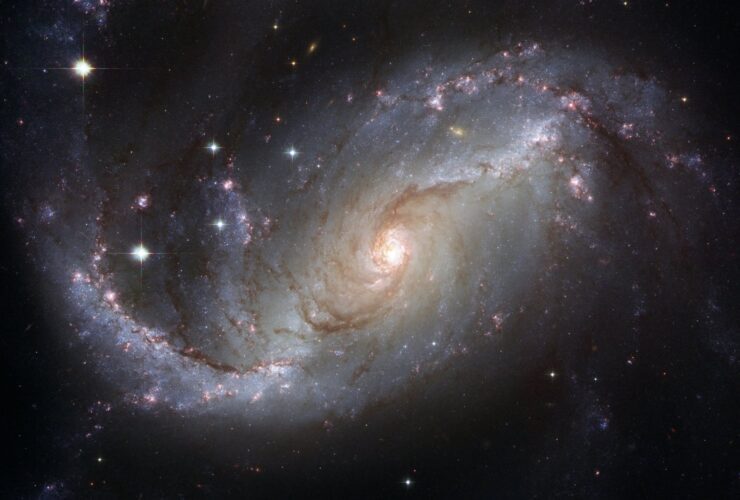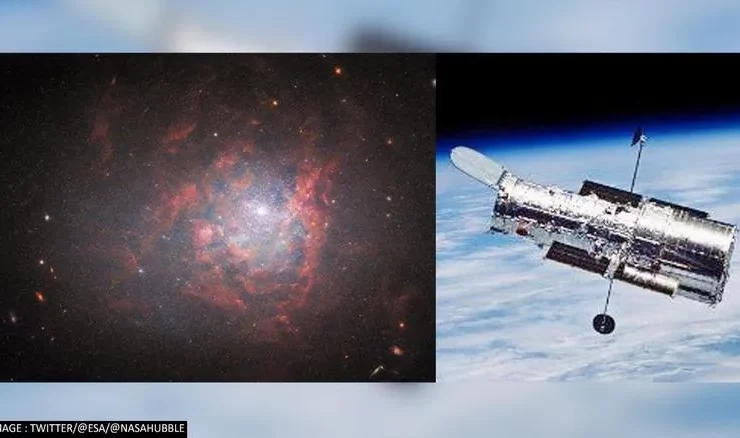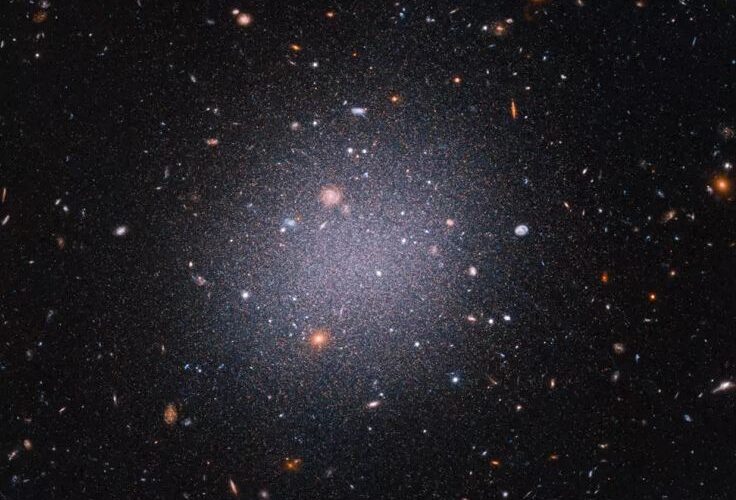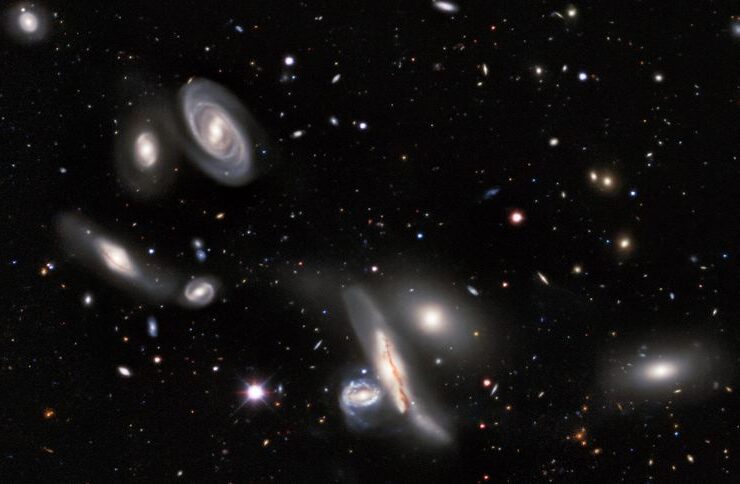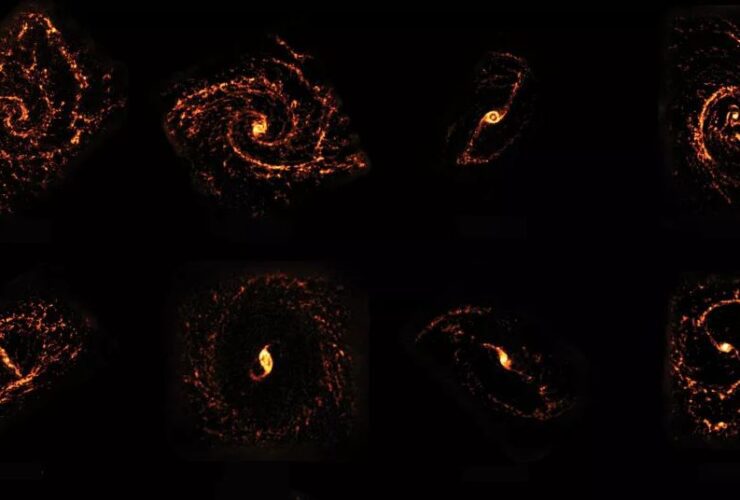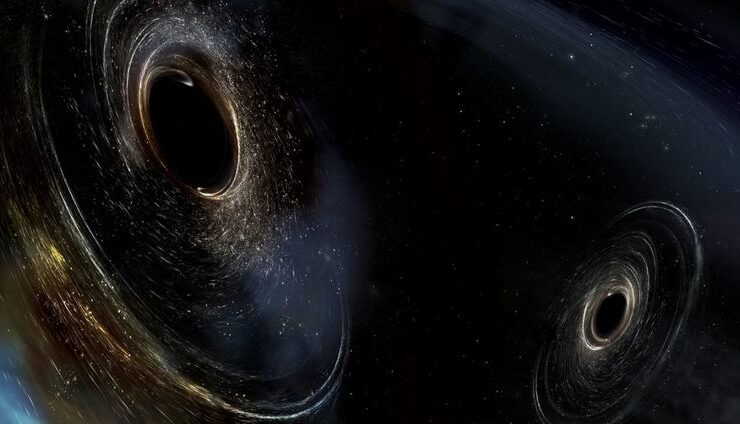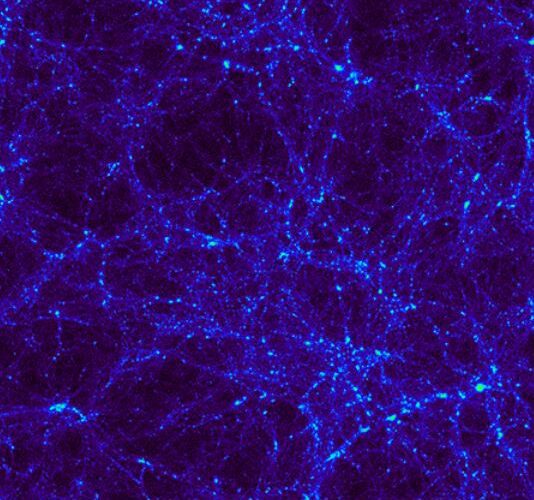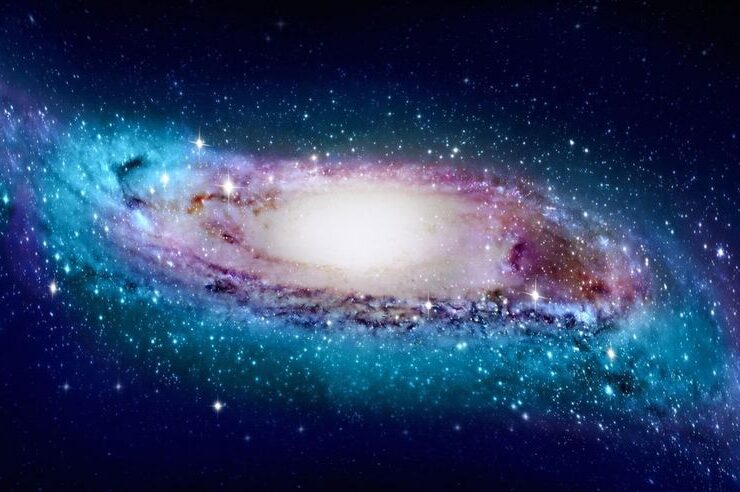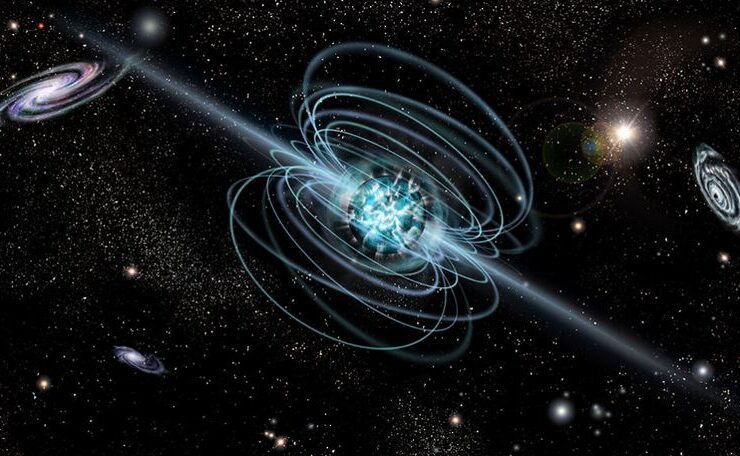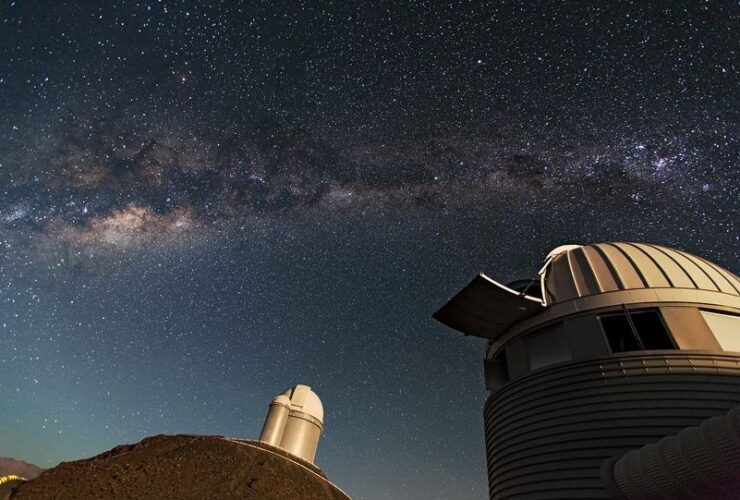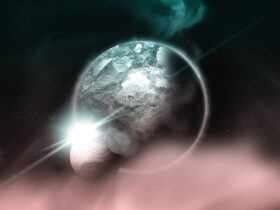Who said that galaxies don’t have their quarrels like we humans do? The difference is that in the case of galaxies, fights cause much more destructive events. Fresh observations coming from the European Space Agency’s Gaia mission have uncovered a ...
Imagine peering through a cosmic kaleidoscope where two galaxies align perfectly, their combined gravitational forces bending light from a distant quasar into a mesmerizing pattern. This isn’t science fiction—it’s the latest groundbreaking discovery in astrophysics. A Cosmic Coincidence In the ...
The relics of the old galactic core, when our galaxy was still young, are a scattering of stars dispersed across the Milky Way’s center. Astronomers now have proof of that, and it is genuinely incredible! A team of astronomers had ...
An undiscovered region of space called the “zone of avoidance” is the location of a galaxy cluster recently found by astronomers. About 10–20 percent of the night sky is blank, like a phantom zone, according to IFL Science. Its proximity ...
Researchers are now able to compute the age and rate of the Universe’s expansion with an unparalleled level of accuracy thanks to a new map of the distances of tens of thousands of galaxies. Even though the cosmos continually expands, ...
Next year, Samsung could totally go for an earlier launch of the much-awaited Galaxy S23. Isn’t that just perfect? The new Galaxy smartphone could be a real game-changer. While other smartphones may be getting all the attention, other Samsung flagship ...
The James Webb Space Telescope (JWST) has discovered newborn stars within the Orion Nebula, which look genuinely incredible! Even with the unaided eye, the Orion Nebula is one of the brightest star-forming areas visible in the night sky, so seeing ...
According to a recent survey of exoplanets around red dwarf stars, there’s a rise in the population of water worlds. Apparently, we may have underestimated how much wetter the Milky Way galaxy is. What’s more curious is that the newly ...
NASA’s James Webb Space Telescope has captured a spooky giant space tarantula, where the biggest and hottest stars live. The Tarantula Nebula, aka 30 Doradus, is actually known as the ‘brightest star-forming place in the galaxies nearest our galaxy,’ according ...
Curious about the Moon’s dark side? Well, you might be surprised to find out that our lunar neighbor has only shadows. And it gets better! There are some ‘pockets’ on the Moon’s polar region that are never touched by any ...
James Webb Space Telescope and the Hubble Telescope captured some stunning images of the spiral Phantom Galaxy, aka Messier 74, located around 32 million light-years from Earth. What’s more intriguing is that the photos show the galaxy’s star-forming regions, dust, ...
Astronomers know very well that our Milky Way galaxy is teeming with stars, planets, black holes, and other cosmic objects. But still, they sometimes remain speechless by new mysterious structures that they have trouble trying to understand. ScienceAlert.com brings the ...
The Atacama Large Millimeter/submillimeter Array (ALMA) proves itself useful once again, as astronomers have been using it to detect a mysterious structure in the form of faint radio emission. The structure was found in the host galaxy of the quasar ...
The cosmos is a diverse and complicated system with many unanswered questions. To yet, the mapping of the universe by astronomers has shown that tiny galaxies may be randomly scattered around their hosts. However, new research shows that these small ...
According to new research, large galaxies may acquire dark matter from smaller galaxies with which they are on the verge of colliding. Computer models were utilized by researchers from the University of California, Irvine, and Pomona College to recreate the ...
The dwarf galaxy appears in a swirl of dazzling light and crimson colors in the new photograph. The small, oddly shaped galaxy has been dubbed a “cosmic oddity” by the European Space Agency (ESA). The ESA reported that the NGC ...
We may not know what dark matter really is, but a galaxy lacking this shadowy, invisible substance is quite odd. Recent Hubble data show that a galaxy as vast as the Milky Way has no spiral arms, no bright center, ...
The Universe’s chaos sometimes unfolds right in front of our eyes, unveiling some of the most incredible cosmic features ever seen. And astronomers don’t miss any chance to capture them. Recent discovery is no exception at all, and now we ...
Intriguing, recent discovery unveils over 100,000 stellar nurseries in all their glory! Astronomers at the PHANGS have charted the newly found nurseries across 90 galaxies, and each one is far more unique than first believed. Stars need tens of millions ...
Black holes are usually resting at the core of almost every sufficiently large galaxy. So these cosmic features have their way with the galaxies, affecting only a small part around the galaxy’s centre. But how’s that really happening? Some predictions ...
Dark matter is one of the most intriguing subjects in the Universe, even if it has puzzled scientists’ work for decades. However, as complicated as dark matter seems to be, that doesn’t mean we can’t use it to explore the ...
Samsung has a bunch of Galaxy M smartphones currently in development, soon ready to launch. The Galaxy M52 5G and the Galaxy M22 are now tipped to debut in the coming months, and some of the Galaxy M22’s specs and ...
Our galaxy is a spiral galaxy that comprises a disc of stars, dust, and gas, and its spiral arms are delimited. Initially, scientists believed that the disc was just flat. Later on, they figured out something else. Apparently, the Milky ...
Fast radio bursts (FRBs) are some super-intense radio wave pulses from the deep Universe that puzzled astronomers’ work for quite some time. The phenomenon is mysterious yet fascinating, and so far, we couldn’t tell much anything about them. The recent ...
ALMA (the Atacama Large Millimeter/submillimeter Array) offers new data about the most ancient galaxy of its kind ever observed. By the looks of it, things look a bit complicated. Researchers, however, think otherwise. This discovery is essential to solving long-standing ...

